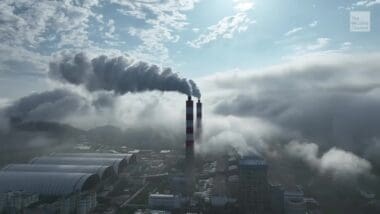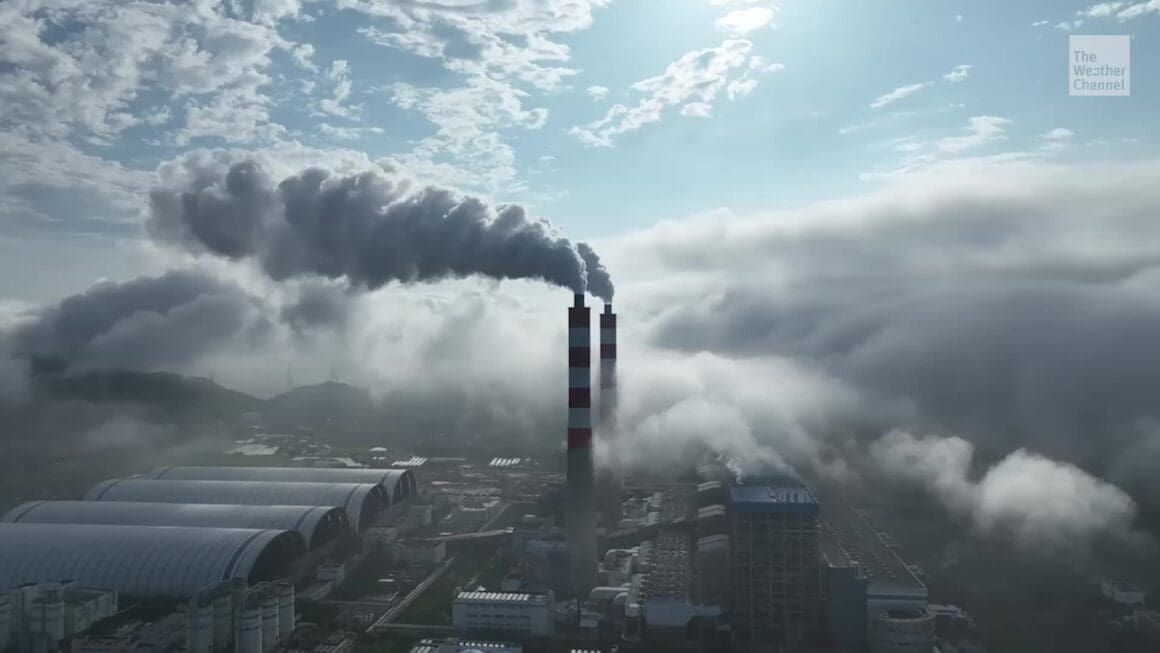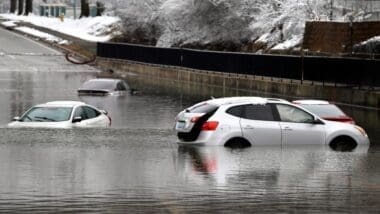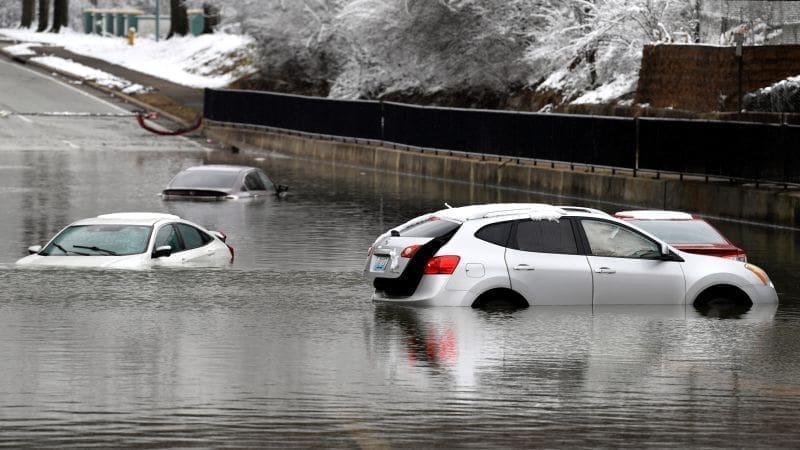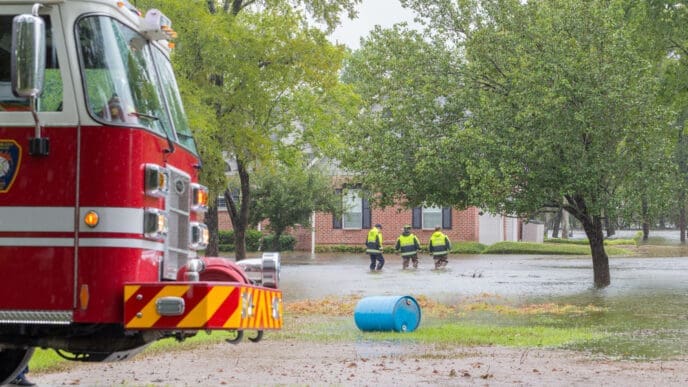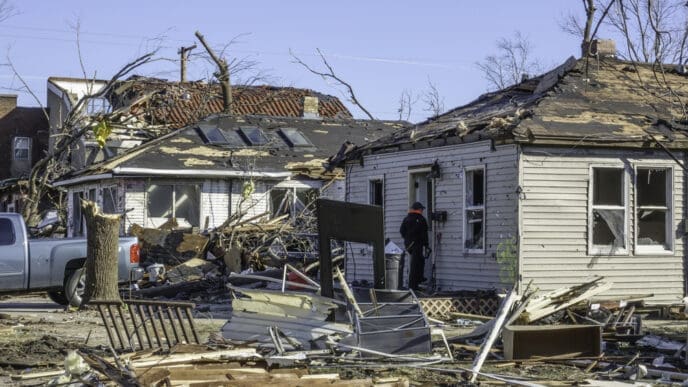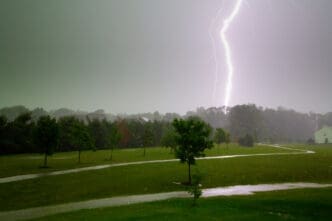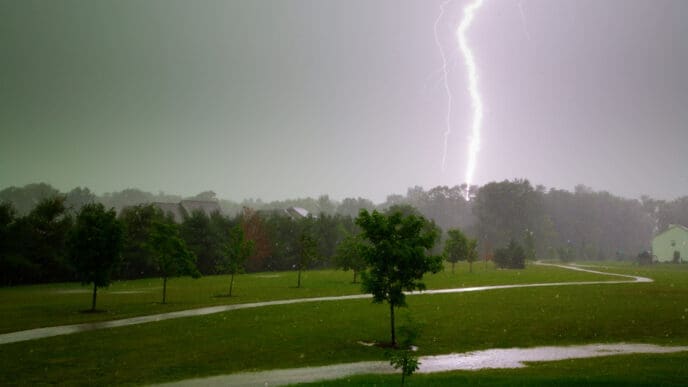A recent scientific study reveals a correlation between factory pollution and increased snowfall in specific areas, raising environmental concerns.
Research indicates that emissions from industrial operations are contributing to localized snowfall events. These emissions introduce particles into the atmosphere, which serve as nuclei around which snowflakes can form, thereby enhancing snowfall rates in nearby regions. This phenomenon is particularly notable in industrialized zones where factories are prevalent.
Additionally, the study highlights a secondary consequence of pollution: the thinning of clouds. As particles from emissions spread in the atmosphere, they interfere with the natural process of cloud formation, causing clouds to become less dense. This reduction in cloud density can potentially lead to increased solar radiation reaching the Earth’s surface, further exacerbating global warming.
Scientists express concern over the dual impact of factory emissions on both weather patterns and climate change. While the enhanced snowfall might seem beneficial for water resources in some areas, the broader implications for climate dynamics are troubling. Thinner clouds and increased sunlight penetration could accelerate the warming of our planet, counteracting any localized cooling effects of additional snowfall.
The findings underscore the complex interplay between industrial activity and environmental systems. Policymakers may need to consider these new insights when developing regulations aimed at mitigating pollution and its climatic effects.
The study serves as a reminder of the unintended consequences of industrial emissions, urging a reevaluation of environmental policies to address these emerging challenges.

